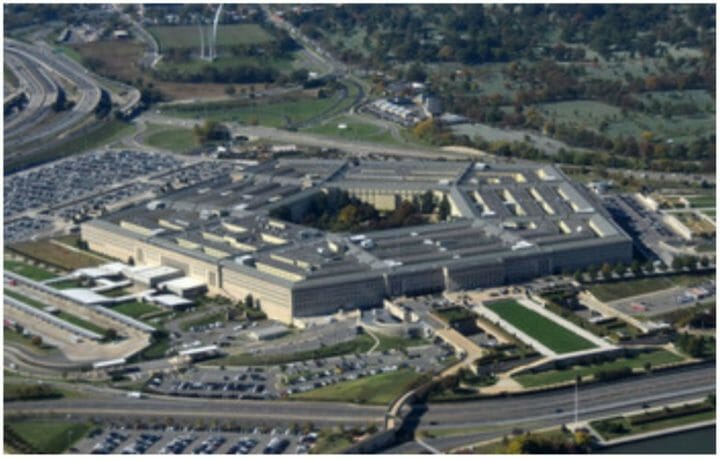On Monday, May 7, the Office of Management and Budget’s Office of Federal Procurement Policy (OMB/OFPP) released a memorandum called Mythbusting 2. This is a follow up Dan Gordon’s mythbusting memo from February 2011, which encouraged agencies and contractors to become more willing to communicate. The goal in this memo is similar, that through constructive engagement and debunking misperceptions the industry will experience better acquisition outcomes.
According to Lesley Field, administrator of the Office of Federal Procurement, they focused on misconceptions in federal agencies in 2011. This year they are focusing on misconceptions primarily residing in the vendor community. Field wrote a memo encouraging agency recipients to share Mythbusting 2 with the contracting community, especially new contractors:
As part of the ongoing, government-wide effort to improve vendor communication, OFPP and OMB’s Office of E-Government and Information Technology worked with the Chief Financial Officers (CFO) Act agencies to develop communications plans for: reducing barriers to communication, incorporating more industry input into agency acquisitions, publicizing engagement events, and providing training and awareness to employees and vendors.
An attachment to the memorandum outlined seven myths that have contributed to holding back pre-contract communication, and it exposes false perceptions about what is and isn’t permitted in communications between the vendor industry and government agencies regarding pending and future contracts. Further, this attachment gives best practice advice. The first two myths are below:
Misconception 1 – “The best way to present my company’s capabilities is by marketing directly to contracting officers and/or signing them up for my mailing list.”
Misconception 2 – “It is a good idea to bring only business development and marketing people to meetings with the agency’s technical staff.”
See Field’s memo in order to read the truths countering these misconceptions, and to see the other five misconceptions.
Transparency and good communication will produce better results, and the memo cites two agencies that serve as examples for future outreach efforts. First is The Nuclear Regulatory Commission. Field outlined three reasons why they are a good model: (1) They hold quarterly business seminars to educate vendors about the agency, (2) they initiate one-on-one discussions between vendors and project managers regarding current technology and future requirements, and (3) they provide technical counseling sessions for market research on specific requirements.
Second, the Department of Education serves as another model: (1) They held a webinar advertised on FedBizOpps where 55 vendors participated, and afterward they posted the transcript on FedBizOpps, (2) this resulted in more competition and solution that used innovative ideas that hadn’t been considered before, and (3) this kind of virtual outreach saves money, time, and it encourages higher participation.
Increased transparency and better communication with vendors will serve as a catalyst to better acquisition outcomes within the industry. This will certainly have a positive affect on future opportunities both in the government and among the vendor communities.
Noah works with the Ethics & Religious Liberty Commission of the Southern Baptist Convention, and is an evangelical Christian trained in theological studies. He lives on Capitol Hill with his wife and two children. You can follow him at his blog www.noahbraymen.blogspot.com.



